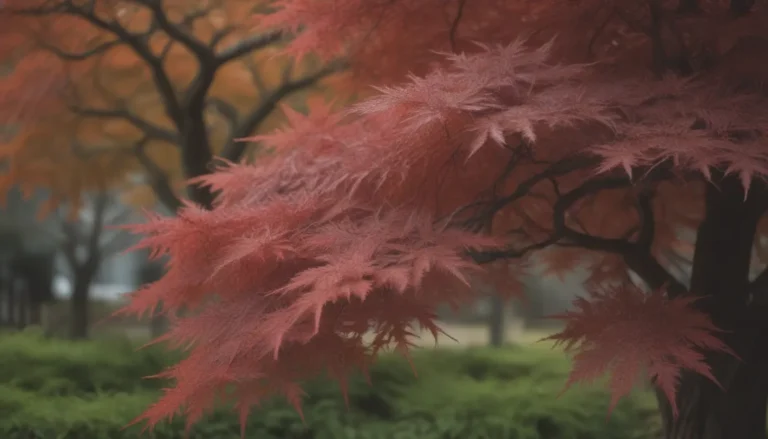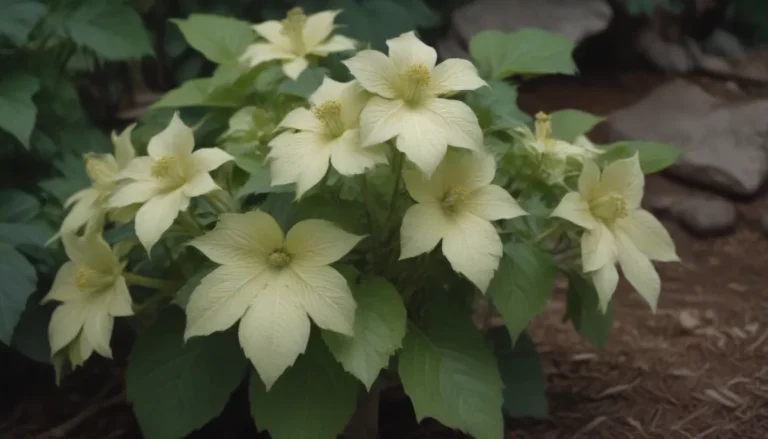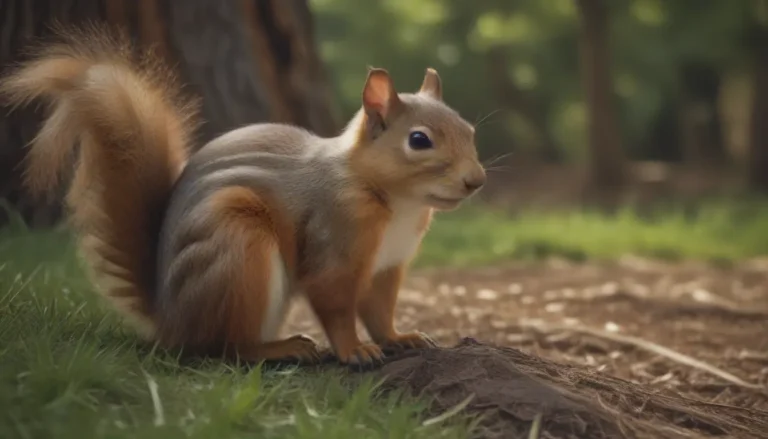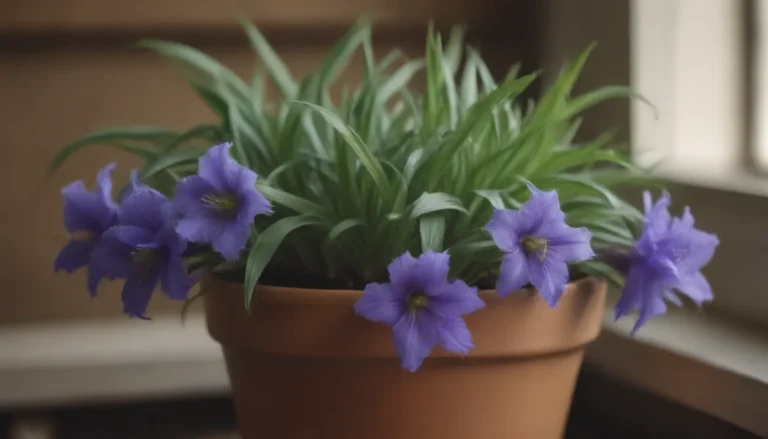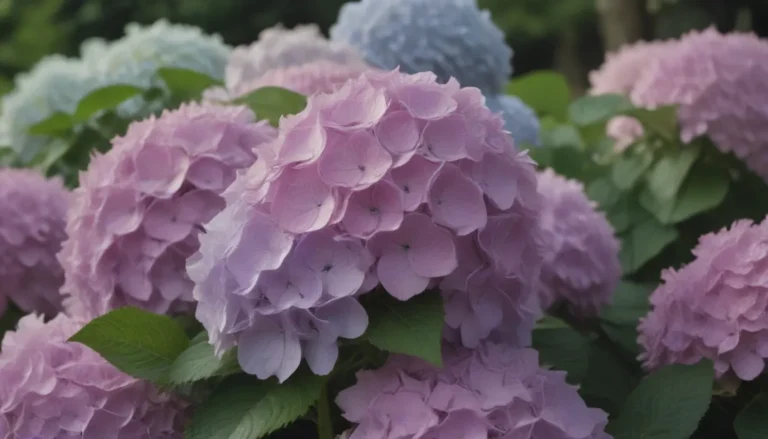Everything You Need to Know About Growing and Caring for Feather Reed Grass

If you’re looking to add a touch of elegance and movement to your garden, feather reed grass is a fantastic choice. This ornamental grass boasts dense clumps of tall, narrow green leaves, pink-purple flower spikes in the summer, and tan or golden seeds in the fall and early winter. With its moderate growth rate and preference for cooler climates, feather reed grass can thrive in a variety of settings.
Feather Reed Grass Care Guide
To ensure that your feather reed grass stays healthy and vibrant, it’s essential to provide proper care. Here are the main care requirements you need to follow:
Light
Feather reed grass thrives in full sun, requiring at least six hours of direct sunlight daily. While it appreciates some shade from the harsh afternoon sun, too much shade can lead to reduced flowering, floppy leaves, and stunted growth. Strike a balance by ensuring it receives ample sunlight without being exposed to excessive heat.
Soil
This grass is adaptable to various soil types, from rich, moist soil to heavy clay. Opt for well-draining soil to prevent waterlogging, but feather reed grass can also tolerate wet areas such as near ponds.
Water
Maintain moderate watering for your feather reed grass by ensuring the soil remains consistently moist. Water the plant whenever the soil feels dry about an inch or two down, typically once or twice a week. Increase watering frequency during periods of extreme heat to prevent the soil from drying out.
Temperature and Humidity
Feather reed grass thrives in cooler temperatures below 75 degrees Fahrenheit and should be planted in such conditions to establish a robust root system. While it can survive freezing temperatures, consider mulching the plant in colder regions to insulate it during winter. Ensure good air circulation around the plant to prevent humidity-related issues.
Fertilizer
While feather reed grass generally doesn’t require additional fertilizer, enriching the soil with organic mulch or compost can provide extra nutrients. In cases of poor soil quality, consider applying a balanced, all-purpose plant food in the spring as per the instructions on the label.
Types of Feather Reed Grass
When choosing feather reed grass for your garden, consider popular varieties such as:
– Calamagrostis x acutiflora ‘Karl Foerster’
– Calamagrostis x acutiflora ‘Overdam’
– Calamagrostis x acutiflora ‘Avalanche’
Pruning Tips
To maintain your feather reed grass’s neat appearance and preserve its interest with seed heads, prune the plant in late winter or early spring. Cut back the grass to the ground just before new growth emerges, using sterilized pruning shears or a hedge trimmer. This practice helps rejuvenate the plant for the growing season ahead.
Propagating and Growing Feather Reed Grass
Propagation of feather reed grass is typically done through division every three to five years. Dividing the clump allows for better access to sunlight and airflow, promoting overall plant health. While the grass may produce seeds, they are sterile and won’t germinate, eliminating concerns about invasive spreading.
Potting and Repotting
Feather reed grass is a suitable choice for container planting, making it a versatile addition to patios or decks. Ensure the potting soil is well-draining and the container has adequate drainage holes. Opt for a clay pot to enhance drainage and provide sufficient space for the root system to thrive.
Dealing with Pests and Diseases
Feather reed grass is generally resistant to pests and diseases. Keep an eye out for aphids, spider mites, or fungal rust, which can be addressed with insecticidal soap or fungicide as needed. Maintaining good air circulation around the plant prevents the buildup of humidity-related issues.
Troubleshooting Common Problems
While feather reed grass is relatively low-maintenance, it may encounter a few issues. Watch out for browning tips, indicating potential issues with watering or fertilization. Lack of plumes on the grass may signal insufficient sunlight or excessive nitrogen in the soil, which can be addressed with appropriate amendments.
Incorporating feather reed grass into your garden landscape can enhance its visual appeal and provide texture and movement. Pair it with other ornamental grasses and vibrant wildflower perennials to create a dynamic and lively garden space. Remember that feather reed grass’s distinct plumes can add vertical interest and winter appeal, making it a versatile and attractive choice for various garden settings.
